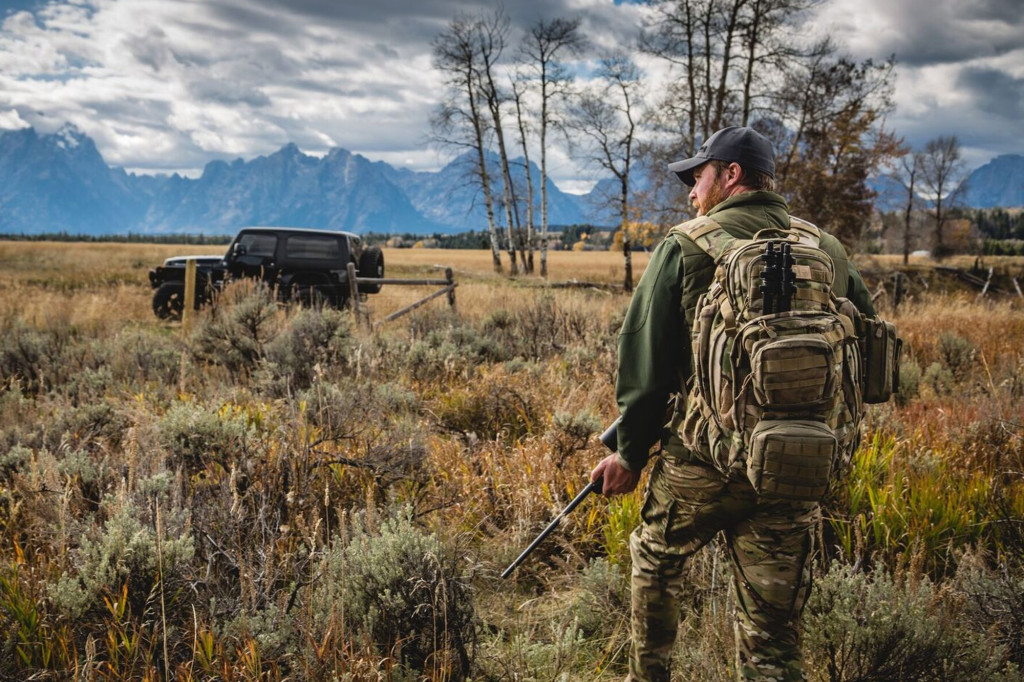RECOIL OFFGRID Survival Last Man Projects: The Reality of Going Gray
Becoming a “gray man” is an important concept for anyone who is formulating an emergency bug-out plan. For those unfamiliar with this phrase, it refers to remaining unnoticed and forgettable. On a practical level, this has a tendency to affect the gear we choose — the public perception of a $30 backpack from Wal-Mart will be drastically different from that of a $400 tactical pack with camo fabric and PALS webbing. However, this concept goes much deeper than gear alone. It also has to do with your surroundings, your physical appearance, and even your mannerisms.

While highly functional, a backpack like this 5.11 Rush pack will likely draw attention in an urban setting.
Last Man Projects recently published a post on its Facebook page on this topic, and it makes some excellent points. Here are some excerpts that really resonated with us:
“Being gray isn't something you can just throw money at and achieve, nor is it as easy as not wearing “tactical” clothing all the time. … It takes the right mindset, planning, practice, and even then isn't guaranteed because (and this is important) situations are fluid. Being gray is highly dependent on your ability to read the changing situation and adapt quickly and appropriately.”

The point is you have to be flexible in your mannerisms. This is the most important and difficult part of going gray to master, and usually takes constant focus and lots of practice to be convincing at. You can buy all the “gray man gear” you want, but if you don't take the time to really study how average people act during times of crisis and convincingly put that veneer of panic and uncertainty over your real personality, you will never be able to truly “go gray” when the SHTF.”
You can read the entirety of the unedited post here. For more survival philosophy and tips, check out the Last Man Projects post we previously shared on the topic of hotel preparedness, or follow the group's Facebook page.
 STAY SAFE: Download a Free copy of the OFFGRID Outbreak Issue
STAY SAFE: Download a Free copy of the OFFGRID Outbreak Issue
No Comments